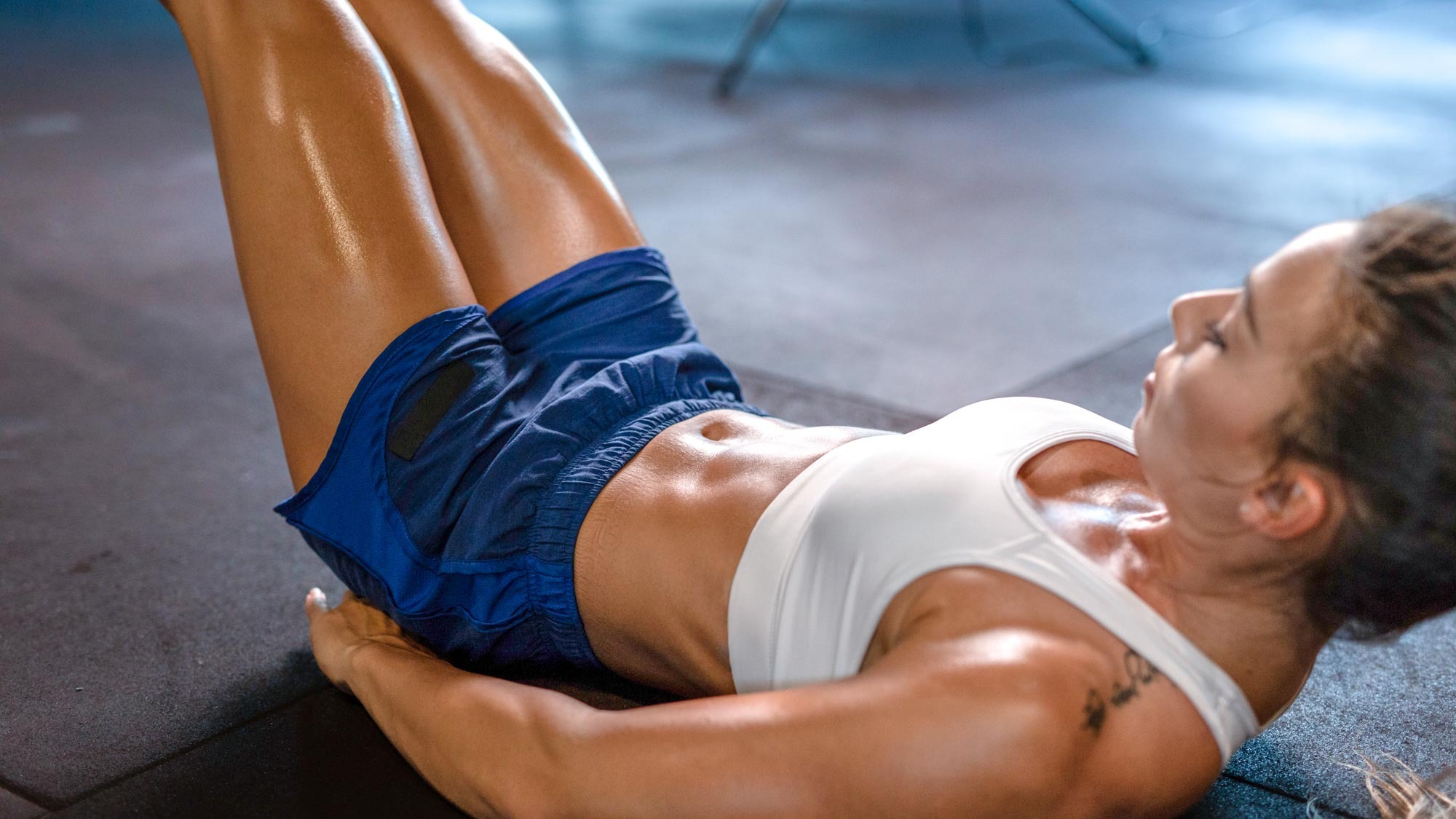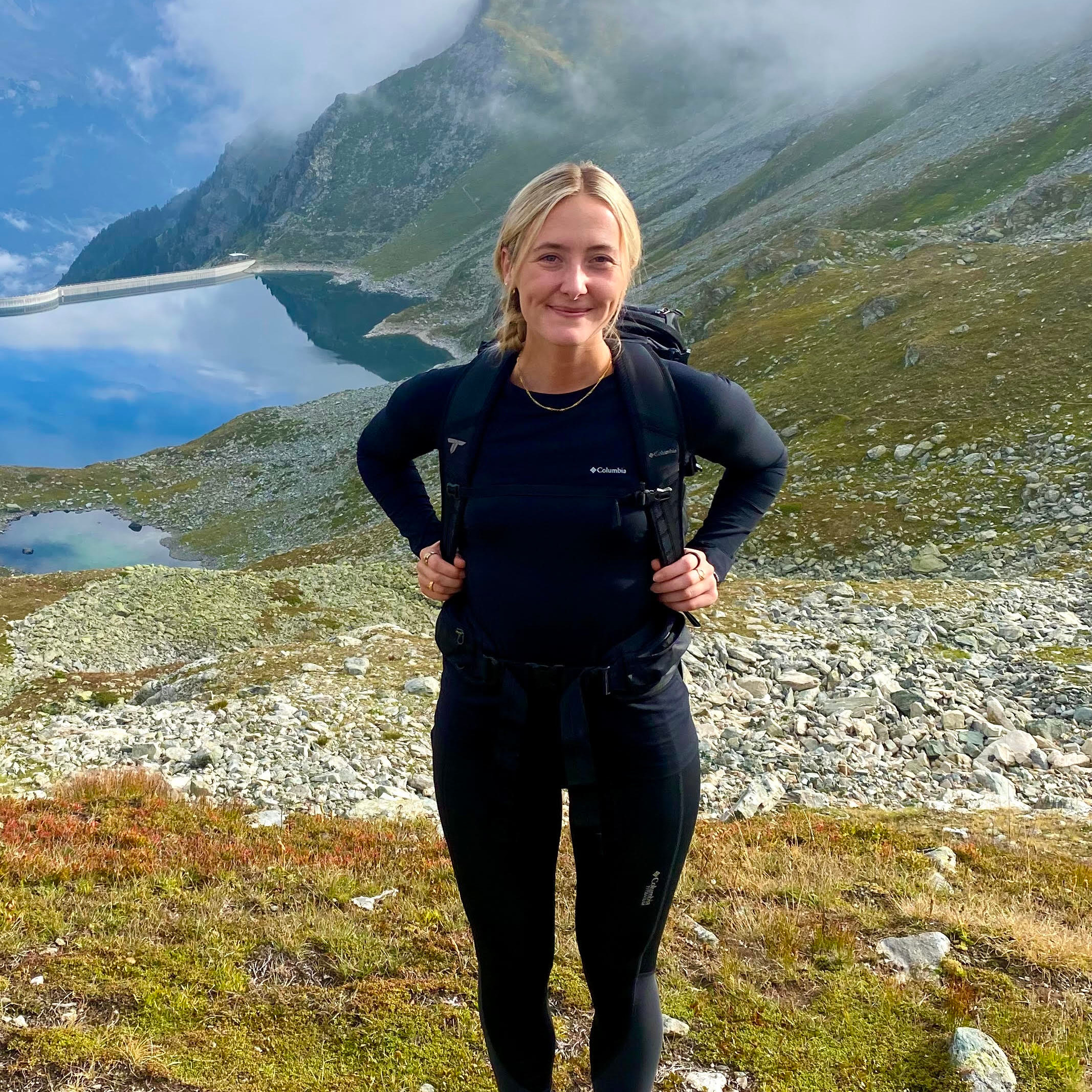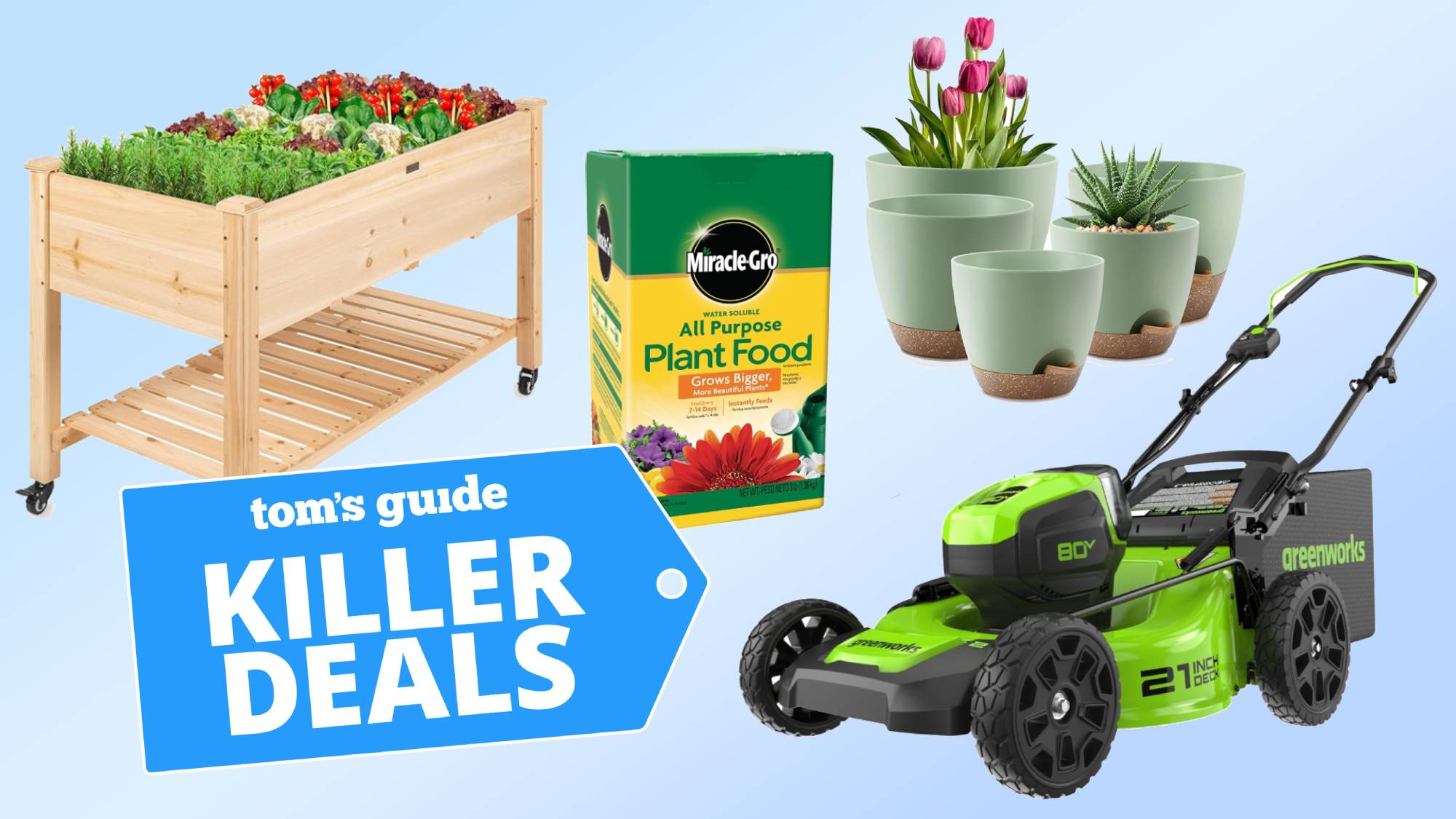No equipment, no crunches — build a stronger core with this 5-move workout
Five moves, zero equipment.

It's no secret that a stronger core improves balance, posture, and overall strength. Plus, if you're looking to sculpt more defined abs, it’s a key part of the equation. But not everyone wants to spend hours doing repetitive ab workouts or invest in a gym membership.
That’s why we’ve found this trainer approved, no-equipment routine that skips the usual crunches and sit-ups in favor of effective exercises that challenge your core in different ways. Instead of just targeting the abs, these exercises work the entire core for a stronger, more balanced foundation.
The workout comes from online trainer James Stirling, who demonstrates each move in the video below. As you’ll see, Stirling practices this routine on top of a mat. I always opt to practice home workouts on one of the best yoga mats for a little bit of cushioning on my joints and back.
According to Stirling, "These are some of the best bodyweight exercises to build a strong core from home." But we'll let you be the judge of that after trying it yourself.
Watch James Stirling's 5-Move No-Equipment Core Workout
A post shared by James Stirling - HOME WORKOUTS 💪🏻 (@london_fitness_guy)
A photo posted by on
- Hollow Hold x 30s
- Back Extension x 30s
- Leg Lifts x 30s
- Shoulder Taps x 30s
- Copenhagen Plank x 20s each side
The aim is to complete five full rounds of this routine. If you're focusing on good form and spending time under tension, you’ll definitely feel the burn in your midsection. Be sure to take the recommended 30 seconds of rest between exercises and one minute between rounds to stay strong throughout.
The circuit includes challenging core exercises that go beyond a standard sit-up or crunch. But that doesn’t mean you can’t give it a go. If any move feels too tough, you can always modify it to match your strength level.
Need to tweak things? Bend your knees in the Hollow Hold for extra support, and keep your feet down in the Back Extension for an easier action. For Leg Lifts, bending your knees makes them more manageable. If you feel a little shaky during the Shoulder Taps, hold a standard plank instead. And for the Copenhagen Plank, rest your bottom knee on the ground for extra support.
Sign up to get the BEST of Tom's Guide direct to your inbox.
Get instant access to breaking news, the hottest reviews, great deals and helpful tips.
What muscles does this bodyweight workout strengthen?
This workout fires up the key muscles that keep your core strong, your posture upright, and your movements stable. Your abs do the heavy lifting for core strength, while your hip flexors kick in to help lift your legs and stay in control. Your obliques get involved too, powering any twisting or side-bending moves, and your inner thighs help keep you balanced and steady.
Although it’s not just about the front of your core, your lower back muscles are also worked during this workout. The lower back plays a crucial role in supporting your spine and improving posture. Strengthening these muscles doesn’t just help in workouts, it makes everyday movement feel smoother and stronger.
To keep progressing (and avoid hitting a plateau), mixing things up is key. Adding weight training—like weighted Russian twists or hanging leg raises—challenges your core even more. And don’t forget compound movements like deadlifts, squats, and overhead presses, which engage your core naturally while building full-body strength.
More from Tom's Guide
- I did this trainer's 6-minute core workout everyday for a week — here's what happened to my body
- No gym needed — this 4-move dumbbell workout builds lower body muscle and a stronger core
- Mobility coach and Olympic weightlifter recommends these 4 moves to unlock tight hips and boost overhead squat mobility

Jessica has been a fitness writer at Tom’s Guide since 2023, bringing three years of experience writing about health, fitness, and the great outdoors. Her passion for exercise began during her childhood, where she spent weekends hiking and competing in local athletics club events. After earning a master’s degree in journalism from Cardiff University, Jessica found the perfect way to combine her love of storytelling and fitness into a career.
Jessica is passionate about testing fitness gear and tech, using her reviews to help readers make informed buying decisions. She ran her first marathon in April 2024, finishing it in 3 hours and 48 minutes. Through her training, she’s developed a deep understanding of what it takes to grow as a runner, from effective workouts and recovery techniques to selecting the right gear for every challenge.
When she’s not at her desk, Jessica enjoys spending time in the kitchen crafting new recipes, braving cold water swims and hiking.
You must confirm your public display name before commenting
Please logout and then login again, you will then be prompted to enter your display name.
